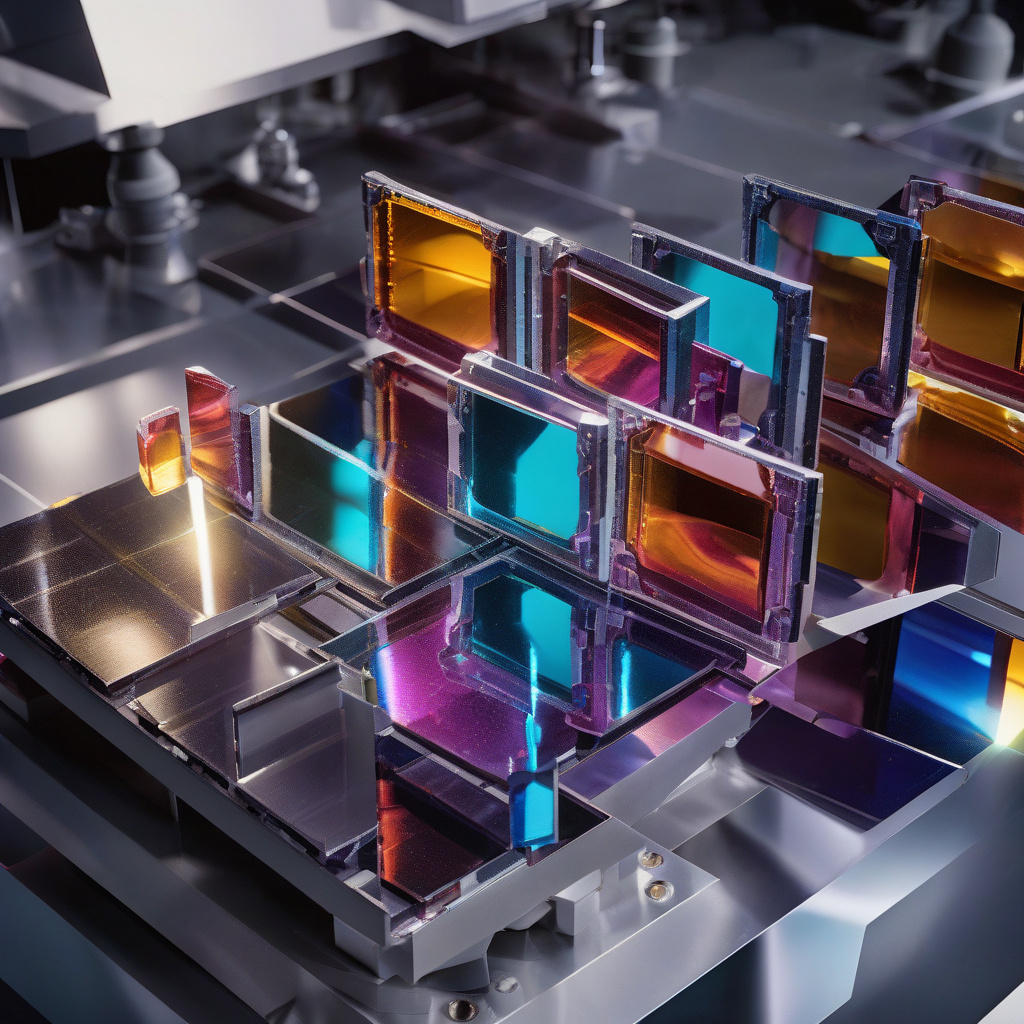Perovskite Solar Cells Achieve 22.3% Power Conversion Efficiency with Salt Use
Researchers have revealed that a type of salt can improve the efficiency of perovskite solar cells, a breakthrough that could revolutionize the renewable energy industry. Perovskite solar cells have long been hailed as a promising alternative to traditional silicon-based photovoltaic cells due to their low cost and high efficiency. However, their performance has been limited by stability issues and lower efficiency compared to silicon solar cells. Now, a team of scientists has found that by introducing a salt additive to the perovskite layer, they were able to achieve a record-breaking power conversion efficiency of 22.3%.
The study, published in the journal Science, details how the researchers experimented with different salt additives to enhance the performance of perovskite solar cells. They discovered that by adding a specific type of salt to the perovskite layer, they could significantly improve the cells’ stability and efficiency. This breakthrough could pave the way for the widespread adoption of perovskite solar cells as a viable alternative to traditional solar technology.
One of the key advantages of perovskite solar cells is their potential for low-cost production. Unlike silicon solar cells, which require high temperatures and complex manufacturing processes, perovskite solar cells can be produced at low temperatures using simple solution-based techniques. This makes them an attractive option for scaling up solar energy production and reducing the overall cost of solar power.
In addition to their cost advantages, perovskite solar cells also offer higher theoretical efficiency limits than silicon solar cells. With the latest breakthrough in efficiency, perovskite solar cells are inching closer to reaching their full potential as a highly efficient and cost-effective solar technology. This could have significant implications for the renewable energy sector, potentially accelerating the transition to a more sustainable energy system.
Furthermore, the use of salt additives to enhance the performance of perovskite solar cells opens up new possibilities for improving other types of solar technologies. By understanding how additives can influence the properties of solar cell materials, researchers can develop new strategies to boost efficiency and stability across the board. This could lead to further innovations in solar technology and drive the development of next-generation solar cells.
As the demand for clean energy continues to grow, breakthroughs like the one achieved with salt additives in perovskite solar cells are crucial for advancing the renewable energy transition. By pushing the boundaries of efficiency and stability, researchers are paving the way for a future powered by sustainable solar energy. With ongoing research and development in the field of photovoltaics, we can expect even more exciting advancements in solar technology in the years to come.
In conclusion, the recent breakthrough in perovskite solar cells, achieving a record-breaking power conversion efficiency of 22.3% with the use of salt additives, represents a significant milestone in the development of renewable energy technology. By harnessing the power of additives to enhance efficiency and stability, researchers are unlocking the full potential of perovskite solar cells and bringing us one step closer to a sustainable energy future.
perovskite, solar cells, efficiency, renewable energy, innovation












